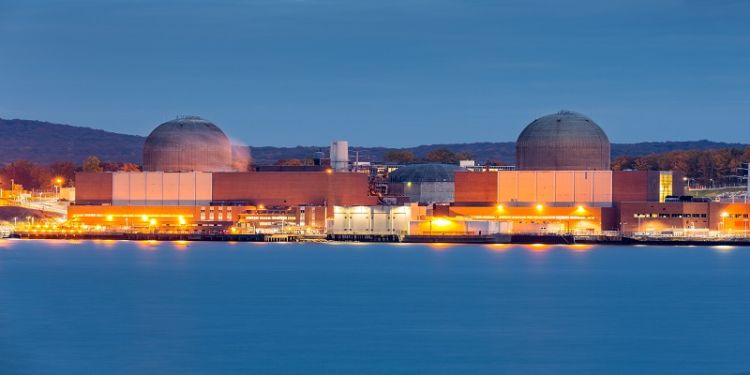Nuclear energy infrastructure

Nuclear power plants, hydropower and geothermal energy plants are the only type of power plants able to produce abundant CO2 free electricity ‘on-demand,’ without relying on weather elements – such as wind and sun – which can be highly variable. Our research considers nuclear power under four different perspectives: small modular reactors, modular circular economy, load-following and cogeneration, decommissioning and end of life management.
Small modular reactors
Our research considers economics, financing, licensing, and relationships to the design and construction of Small Modular Reactors (SMRs), nuclear reactors with an electric power output of around 300MWe or less.
SMRs are designed to pursue simplicity, enhanced safety and modularity, but they are historically not considered economically competitive with respect to Large Reactors (LRs). However, this is misguided; economy of scale applies only if a Large Reactor is compared with a small reactor of a similar design. We investigate critical aspects of SMRs, which have very different designs and characteristics from their large-scale counterparts.
Modular circular economy
Our research has focused on conceptualising the circular economy in relation to modular reactors, and in nuclear power plants from a project management perspective, with a particular focus on SMRs. Traditional stick-built energy infrastructures have a lifecycle predetermined by components that are difficult or very expensive to replace. Modular infrastructures could be made reconfigurable and extend or adapt their lifecycle by decoupling the life of the infrastructure from their modules.
Our research has focused on the design of modules so that, when a module reaches its end of life, it could be exchanged, extending the life of the infrastructure. When the infrastructure needs to be retired, modules that are still functioning could be used in other infrastructures. In this way, the residual lifetime of certain modules with a longer life is not “wasted”. Leveraging modularisation to implement CE initiatives is a practise already widely discussed and, to a certain extent, implemented in the case of modular products or modular building.
Load-following and cogeneration
Our research focuses on the techno-economic feasibility of nuclear power ‘cogeneration’. Rather than allowing a primary nuclear power generating circuit to reduce power in response to demand and electricity price fluctuation throughout the day (load-following), which is an inherently inefficient process composed largely of sunk or fixed costs, we investigate the technological challenges and economic feasibility of maintaining the plant at full power and using the excess power for other purposes, such as producing hydrogen, freshwater or district heating.
Decommissioning and end of life management
Our research is focused on developing an innovative methodology to benchmark decommissioning projects, both from the nuclear and non-nuclear industry, within the UK and worldwide.
Project management research has mostly focused on new build nuclear power projects, and only in recent years have decommissioning projects become the focus of research efforts. Nuclear Decommissioning Projects and Programmes (NDPs) are characterised by multiple risks, long schedules, and cost estimates that lie in the range of hundreds of billions of pounds.
From our cross-sectorial and cross-country analysis, it is possible to gather a list of key NDPs' characteristics and statistically test their correlation with project performance. The ultimate aim of our research is to investigate the possible causation between the NDPs' characteristics and the NDPs' performance and to develop guidelines to improve the selection, planning and delivery of future NDPs.
PhD projects
We have opportunities for postgraduate researchers. Find out more.
Contact us
If you would like to discuss an area of research in more detail, please contact Professor Giorgio Locatelli.

